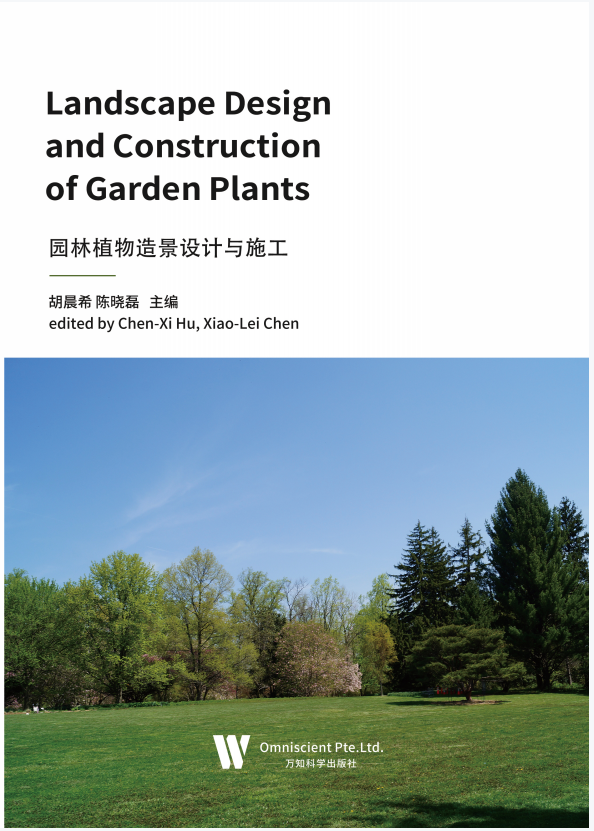
植物是园林的主体,植物造景是园林景观设计学中重要且不可分割的组成部 分。但园林植物造景设计过程中存在的许多缺陷,值得我们去注意,并采取有效措 施,提高园林的景观设计水平及人民生活的质量。 随着生活水平的提高,人们对居住条件和生活环境的要求也越来越高,优美的 园林设计和自然景观不但给人以美的享受,同时也给人带来新鲜的空气、愉悦的情 绪和健康的身心。而园林绿化观赏效果和艺术水平的高低,在很大程度上取决于园 林植物的配置和造景。 植物造景是城市园林景观工程建设中常用的建造方式,主要是利用各种植物的 群落的种类、结构等方面创造出来的一幅幅动人的画面,让人产生一种实在的美的 感受和联想,其对丰富生物多样性、促进人与自然的和谐发展以及保护生态环境等 方面具有重要的作用。园林植物的配置与构建是园林造景得以实现的工作方法和手 段,体现了现代园林发展的时代特征和理论与实践的有机统一。植物造景各特性之 间相互协调、相互融合、相互渗透,才能创造出“虽由人作,宛自天开”的绚丽植 物景观,实现其价值。
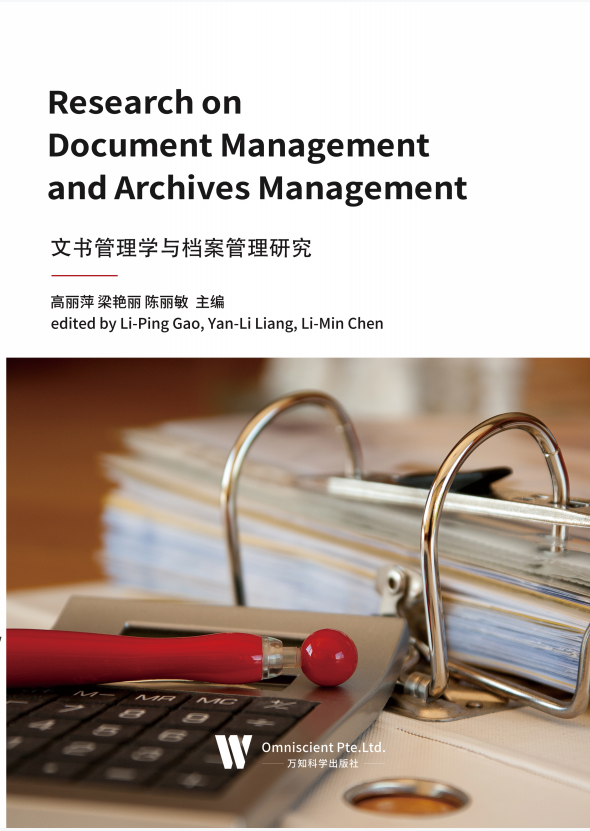
文书与档案管理是讲述文书与档案管理基本概念、基本知识、基本理论、基本 技能的一门必修专业课,它是一门广泛吸收多学科知识的边缘学科,特别是综合运 用了文书学、档案学、行政管理学、图书管理学等学科的理论与方法,具有很强的 时间性和应用性。 文书档案作为重要的参考信息,对各个社会组织而言都有着十分重要的意义。 因此,只有加强对文书的管理,促使管理方式科学到位,才能够协助组织处理好各 项工作,促进组织的发展,提高实际的办事效率,尤其是在新的形势下,加强对文 书档案的管理显得尤为重要。然而,随着时代的发展,文书档案的管理工作明显跟 不上时代的节拍,呈现出各种弊端。本文通过对文书档案管理模式的探析,提出了 新的管理方法,希望能更好地服务于社会。 文书工作既是一项业务性很强的工作,又是一项很细致的文字工作,是机关日 常工作的重要组成部分,具体负责日常公务文书的收发、登记、运转管理、档案管 理与保管等,是企业管理工作的一个重要部分,它真实地记录了各项工作,有着重 要的查考价值。机关领导和工作人员熟悉情况、总结经验、制定计划、处理问题, 常常需要从档案中查考过去的记载,如果有档案可查,许多问题可以迎刃而解,工 作得以顺利进行。许多事实证明,随着时间的推移,其作用逐渐向社会各方面扩展, 国家各部门、各项工作和人民群众都需要利用档案,不仅今天要用,将来也要用, 档案保存的时间越久远就越珍贵。
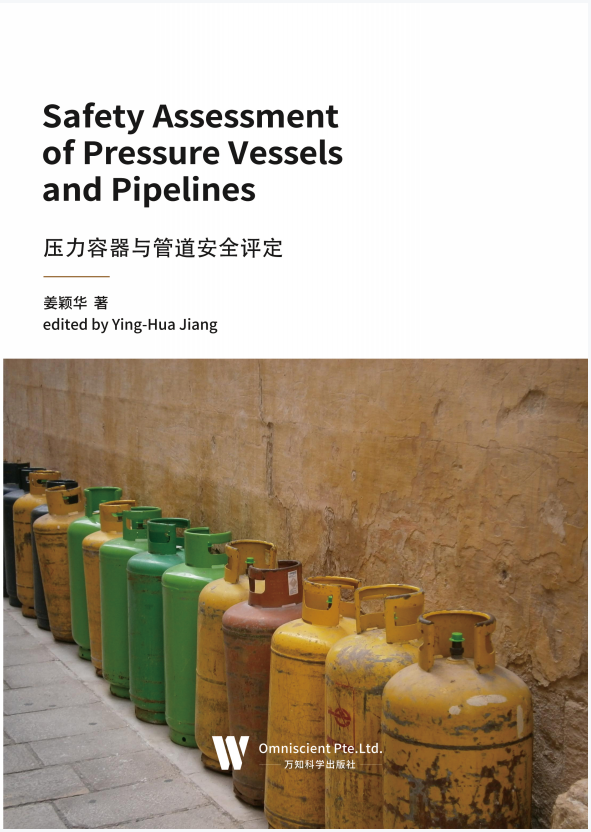
压力容器与管道是石油化工工业生产过程中不可缺少的设备。随着生产的 发展,它们的使用日益广泛,数量不断增加。 为了适应石化工业发展的需要,压力容器逐渐趋向大型化和结构复杂化。 同时,为了改善压力容器的性能,适应生产的发展,在压力容器的设计制造中不 断地采用新材料、新工艺和新技术。压力容器的安全可靠性问题更加突出,从而 引起人们的密切关注。 压力容器与管道的安全问题之所以特别重要,主要是因为它们既是工业生 产中广泛使用的特种设备,又是容易发生事故且往往是灾难性事故的特殊设备。 为了确保它们的安全使用,许多经济发达国家制定了一系列的制度、法律、法规、 标准和规定对这些设备进行安全管理和监督、监察,同时还制定了一整套的执行 监督机制。近年来,随着经济的不断发展,我国在安全管理和监督、监察制度方 面也取得了明显的进展,一方面参考了国外经济发达国家所实行的行之有效的 措施;另一方面又根据我国的实际情况,制定了一系列的法律法规,指导全国压 力容器和管道生产与使用的安全管理与监察工作,争取实现规范化管理。
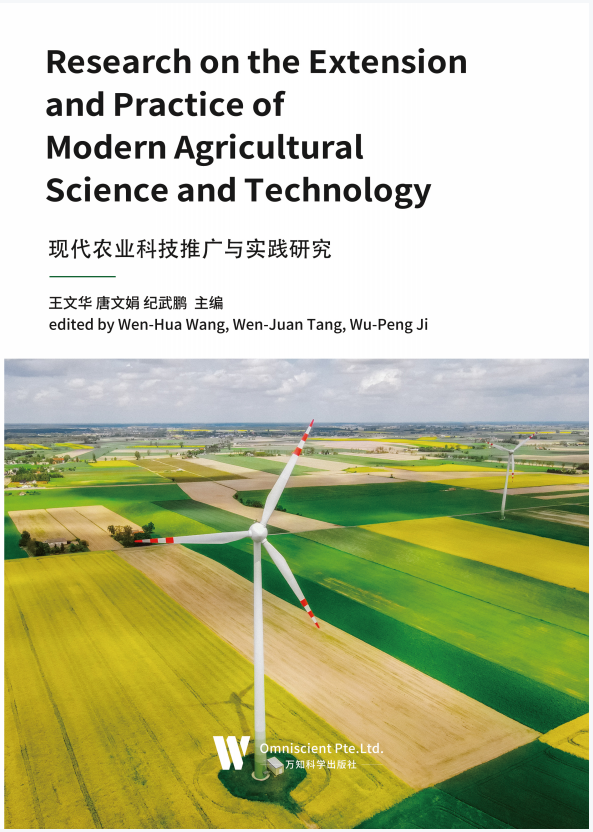
农业技术推广为我国经济快速发展、粮食增产增收做出突出的贡献。面对现有 已取得的成绩,我们下一步要巩固现有成果,同时,拓宽渠道,大力发挥农业技术 推广的作用,为我国粮食增产、新农村建设、农村稳定做出贡献! 近年来我国不断加大农业建设投入,为农业科技发展提供便利条件,建立现代 化农业科技推广模式,一定程度上促进农业发展水平的提高。但我国农业科技推广 与发达国家相比仍然存在差距,我国农业科技推广模式仍然没有落到实处,为此需 要国家扩大农业科技推广范围,制定完善监督管理机制,从法律法规上提升农业科 技推广水平,提升推广工作人员专业素质,与现代信息技术相结合,加强农业科技 实际应用能力。建设新型农业科技推广模式,为农业现代化发展提供条件,促进农 业科技普及,节约农业资源、缓解水资源压力、提高农业生产效率、降低生产成本, 促进整体农业生产经营向着现代化、科技化方向发展,为经济效益提升提供保证。 总之,要促进我国稳定发展,农业是保障,我们要坚定不移地大力推广现代农 业技术,相信只要我们以技术为指导,坚持科学发展观,把农业技术推广和创新理 念有机结合,我们的新农村建设必将取得成功!
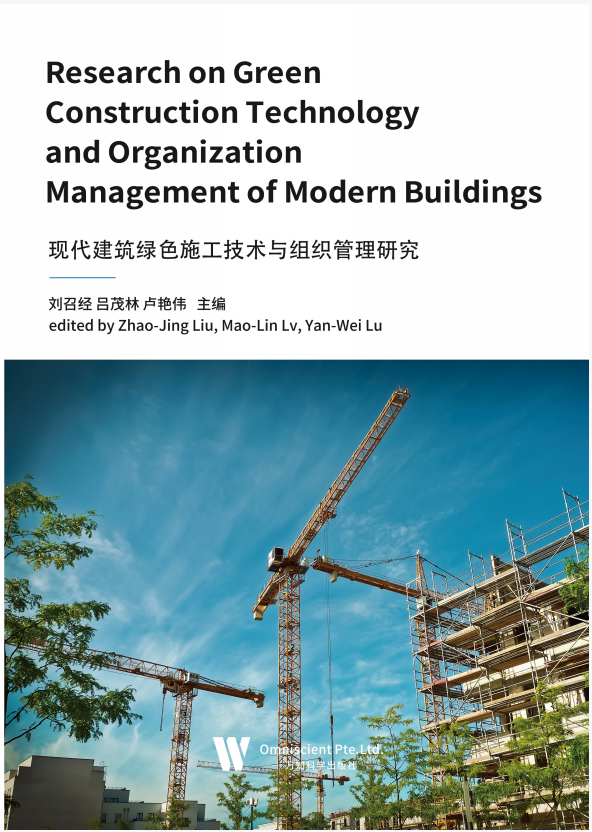
在现代建筑绿色施工过程中,为了提高建筑工程的使用功能,需要在设计阶段 重视人性化的设计理念,提高建筑的使用功能。如在建筑电气设计过程中,除了满 足建筑物最基本的照明功能、防盗安全等需求外,还需要实现建筑内部大容量的基 本要求。在建筑设计过程中需要确保建筑室内空气的有效流动,从而最大程度上确 保了建筑内部的温度要求;建筑绿色施工过程中不可忽视经济效益的重要性。在建 筑施工过程中,需要做好方案比选,充分考虑机械设备的使用效率,减少不必要的 机械设备的浪费,从而实现现代建筑施工的节约成本,提高机械设备使用效率的目 标;随着绿色环保观念逐渐深入人心,需要在建筑施工过程中,不断更新技术与新 型材料,提高设备运行的节能效果,最大程度上降低机械设备的能源消耗。 在全球进一步倡导可持续发展、低碳经济等发展理念背景下,绿色建造作为一 种全新建造理念应运而生,其要求工程建造参与人员应积极肩负社会责任,在建造 工程设计、施工、维修等全面环节中,系统权衡生态环境影响和资源利用效率,力 求一系列活动资源投入减置化、废弃物排放最小化、资源利用最优化等,进一步实 现节约资源、过程安全、质量达标、环境友好的建筑工程建造目标。 绿色施工技术在建筑工程中的实践应用,是我国施工企业结合我国基本国情的 必然选择之一。市场经济逐步深入背景下,市场竞争日趋白热化,建筑行业作为一 个相对开放的行业,对绿色施工技术展开有效应用必然成为施工企业能否进入市场 的绿色通行证。施工企业要面临建设市场激烈的竞争,绿色施工技术在建筑工程中 的实践应用是施工企业可持续发展的必然趋势。